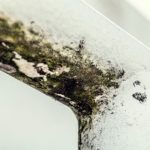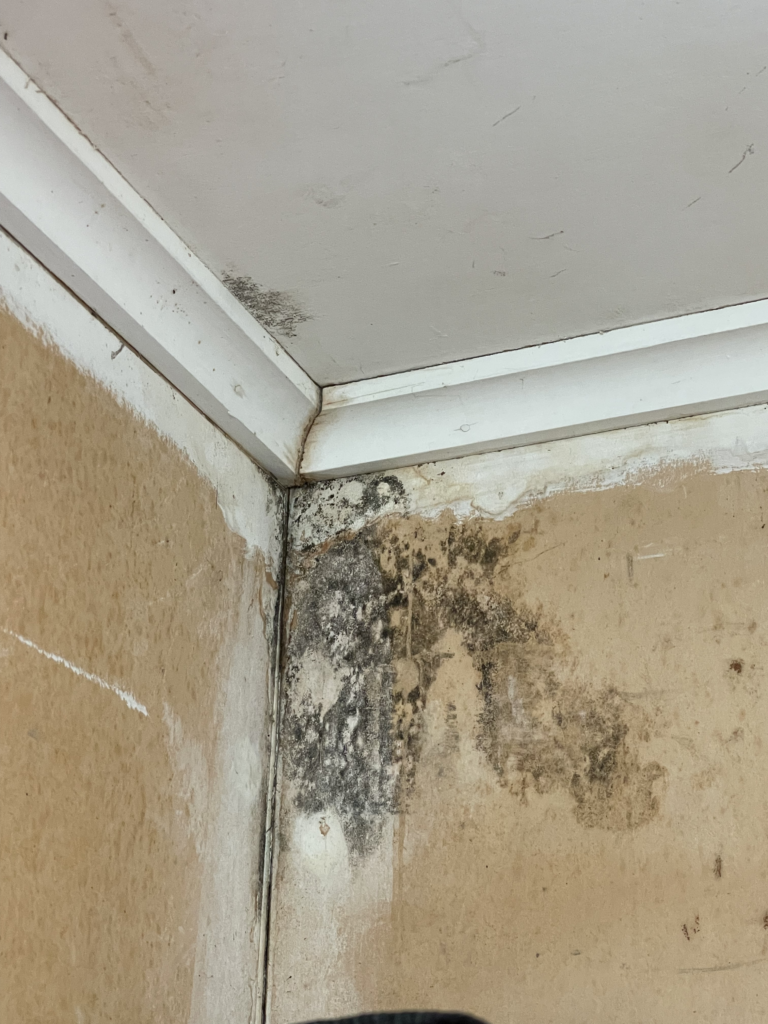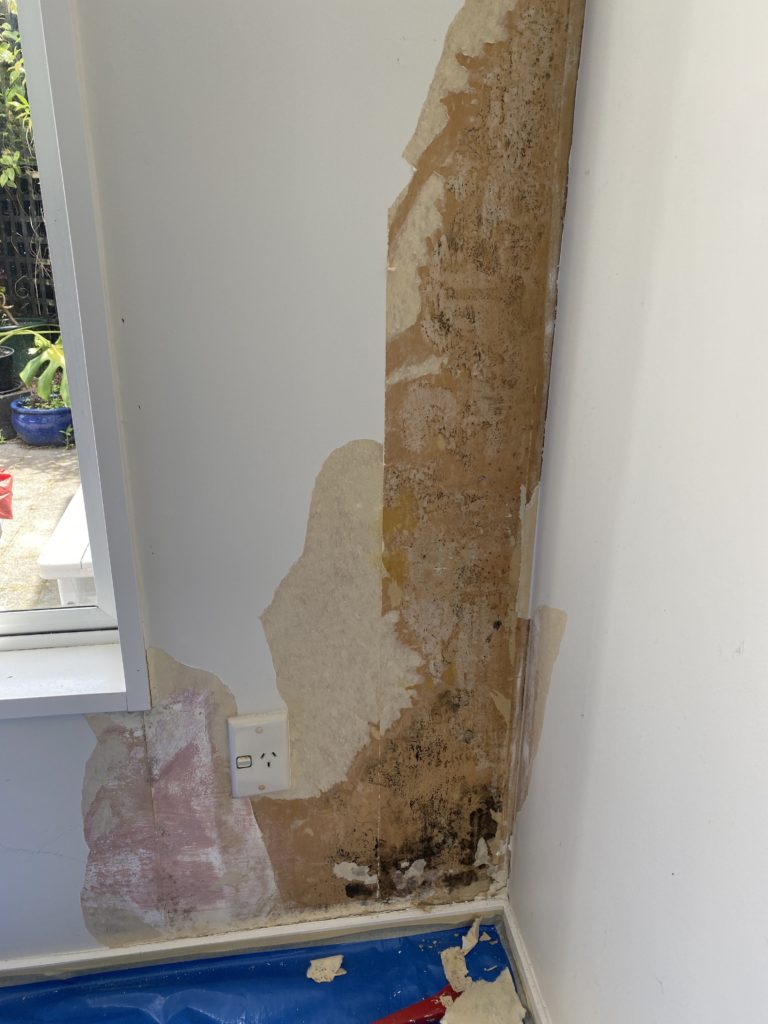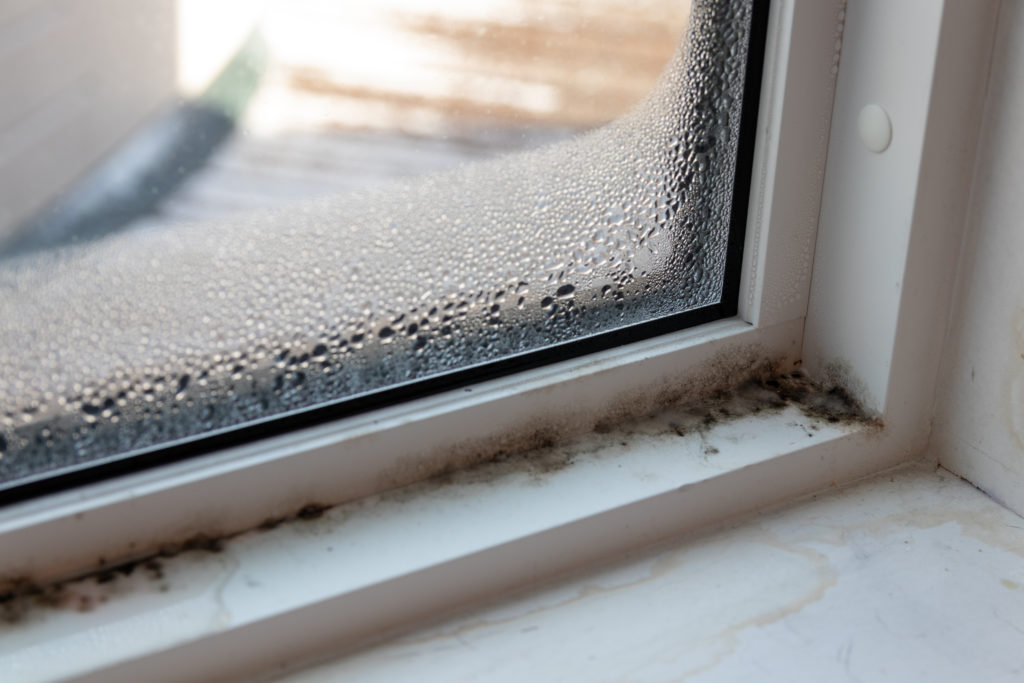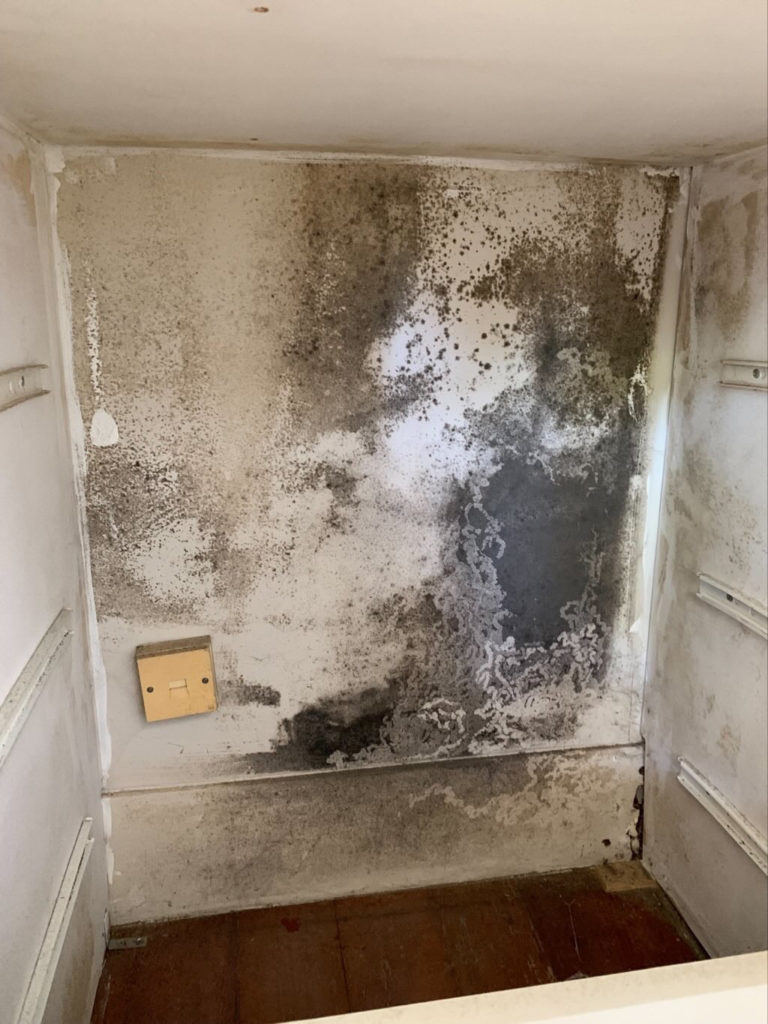Let’s learn about mould
Mould is a common issue in NZ houses, and we seem to see it as inevitable. However, it is not! Oculus wants to raise awareness among Kiwis that if we design and build correctly to avoid condensation, mould is perfectly preventable. It only becomes a recurring issue (like we see in all of our houses) when our house provides an environment for mould to grow.
Join us for our Instagram Giveaway – Further details at the end of this article!

What is mould?
Where does mould come from?
- Warmth (temp 18-30degs)
- Moisture (condensation in the house)
- Something to eat (walls, the paper on front of walls)
If you remove one of these components, mould cannot grow.
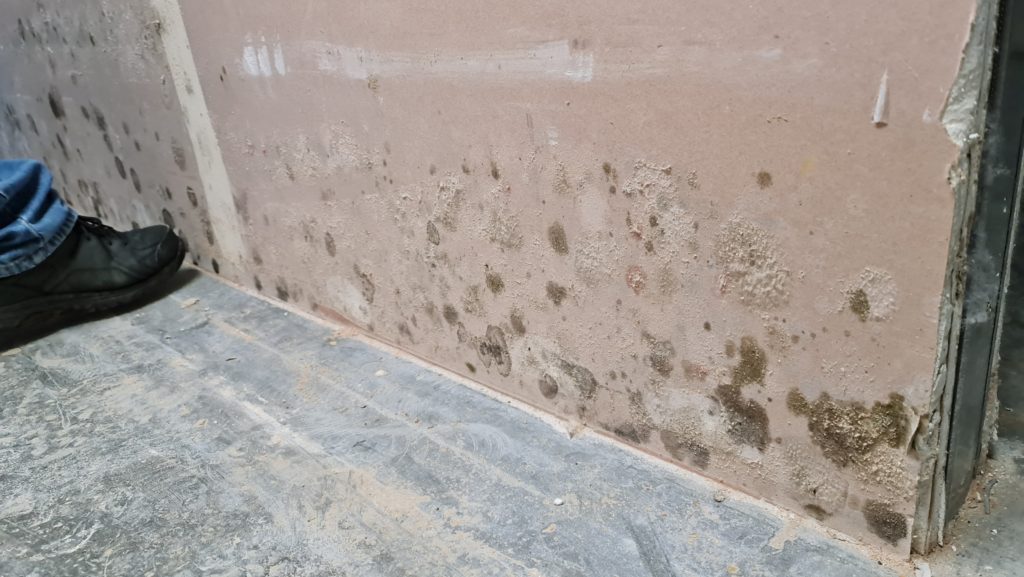
Mould is a common issue in New Zealand homes
BRANZ has conducted a national housing assessment survey (SR456) in 832 houses throughout NZ from August 2018 until May 2019.
The graph below shows the worst case of visible mould observed in any ‘living’ space. This excludes wet/ moist spaces like the bathroom, kitchen and laundry which are usually high on the mould scale. This graph shows that even in the least risky areas that don’t have a high amount of moisture (living spaces) mould is visible in 59% of the assessed houses (looking at the dark red bar – total). That is almost 2/3 houses in New Zealand that have visible mould issues (only looking at living spaces) and if we include wet spaces (because most of them have some mould), that fraction would be much higher.
To be very clear: a high percentage of NZ houses experience mould growth, and while this seems to be inevitable or manageable in NZ, in reality it is dangerous and should be a huge concern, because visible, regular mould growth inside a home is a health issue and therefore not acceptable.
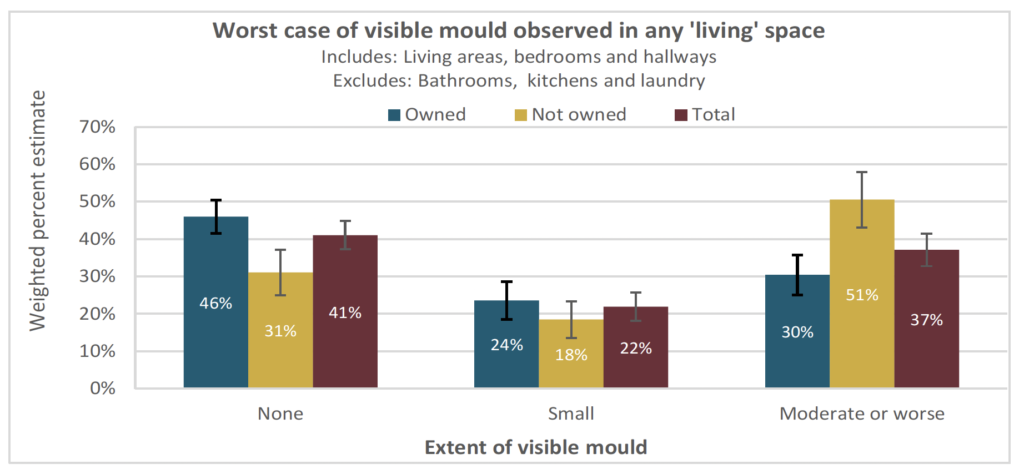
Source: BRANZ SR456
Further relevant information from BRANZ:
- BRANZ Research Now: Warmer drier healthier #5 Indoor conditions and mould growth in New Zealand homes
- BRANZ SR452
Is condensation the main cause for mould growth in NZ homes?
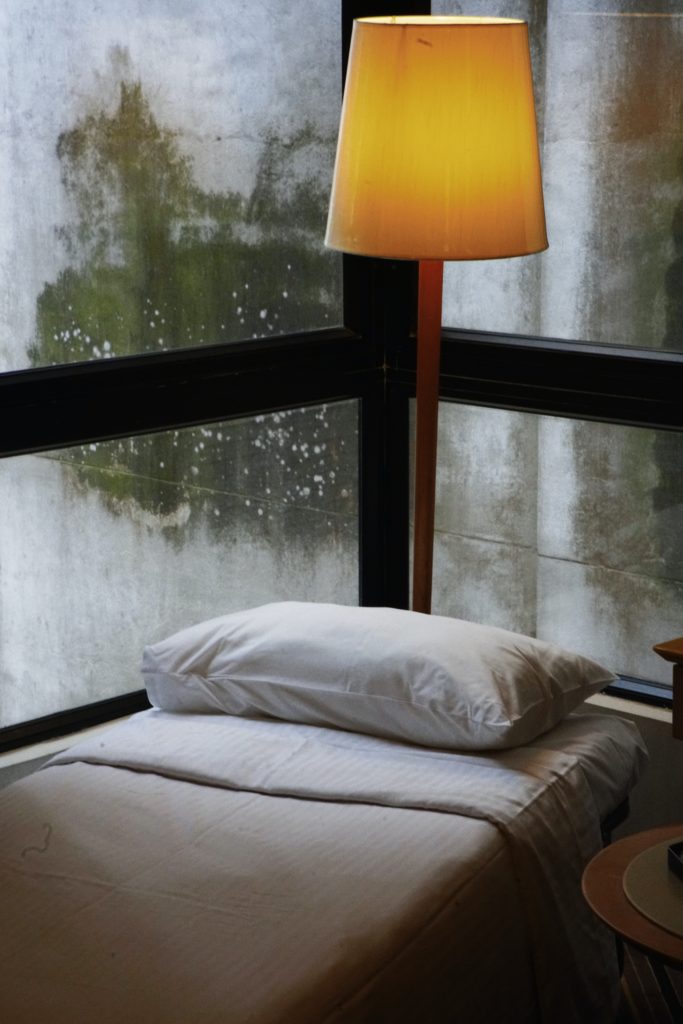
Condensation is definitely one of the contributing factors of mould growth, and we know how to reduce or get rid of condensation [see lesson two], however because we aren’t managing this well, it is contributing and encouraging mould grow. The main cause for mould is heating the home, allowing it to cool, and heat again, and cool, and heat again. The cold surfaces inside produce water, and then moisture from the air settles on these surfaces. When occupants return home, the home gets heated and these surfaces are then warmed. This is the heat component which allows mould to grow. But then it cools down again, and the mould stops growing but it is fed with moisture which also softens up the things it likes to eat. The home is then heated up again – it’s not so comfortable for your house, and not so good for preventing condensation, but it’s a perfect condition for mould growth.
What are the implications of having mould in my home?
Implications on occupant’s health
There are significant statistics proving that living in an unhealthy home has implications on the occupant’s health – specifically respiratory illness. These illnesses are exacerbated with the presence of mould, and similarly if you suffer from common allergies mould will also exacerbate these. Why? Mould isn’t good for lungs!!
“Health impacts include links to asthma, respiratory infections and rheumatic fever.” (BRANZ SR456)
“Respiratory disease is New Zealand’s third most common cause of death.” – Asthma New Zealand
Asthma NZ has done a lot of research, for example on respiratory disease in New Zealand.
Implications on house health / durability
When mould grows to an extreme or if you have a positive pressure ventilation system pushing moisture into your wall assemblies, mould may start to grow inside the wall. We often don’t even know whether it is already behind it or not because it takes a lot of effort to check that. You would have to cut a hole in your gypsum board to gain access to the interior of your wall or try to peek through a power point.
Mould can be in the insulation, on the timber studs, and if left there for years, it can turn in to rot – leading to the deterioration of timber, and eventually the timber disintegrating.
If the moisture percentage inside the timber is above 18%, rot will generally start to occur. Typical E2/AS1 (New Zealand building code) details, unfortunately, allow that moisture percentage to go above that 18%, and that is why E2/AS1 requires timber studs to be pressure treated. More info on timber treatment.
The treatment does not reduce the moisture, instead it fights against bugs, mould, fungus, bacteria etc. – anything that would eat the timber. The con of this is that it only slows the speed of deterioration instead of stopping it, and it is a chemical (in case you want to build green).
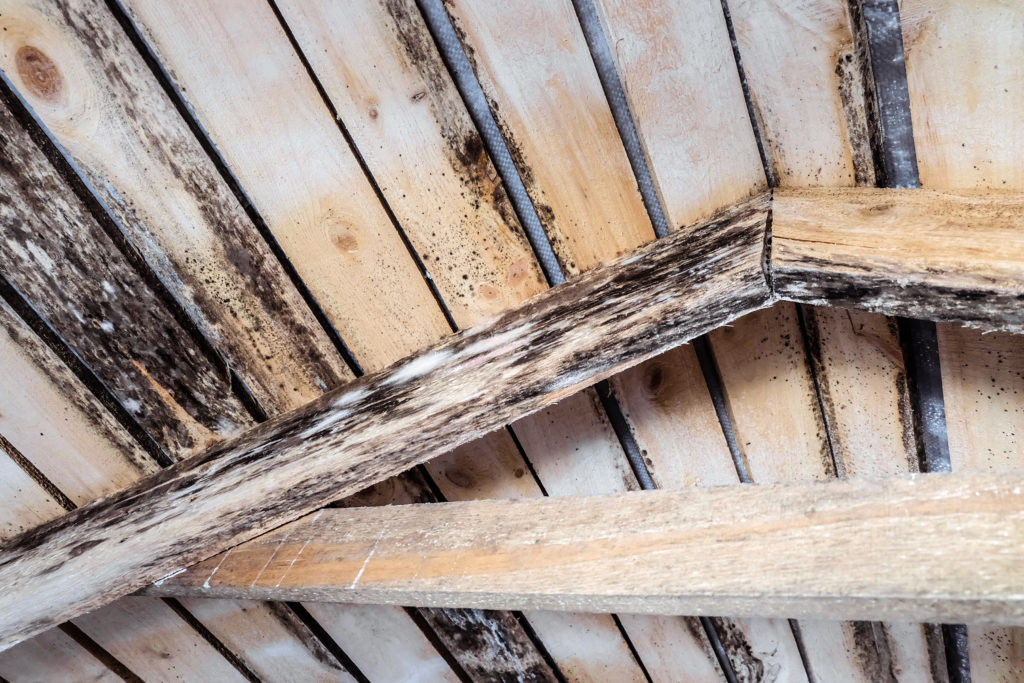
What Oculus recommends: Build Tight, (heat), Ventilate Right.
- Airtightness allows you to manage uncontrolled airflow that brings moisture with it
- Heat keeps surfaces above the dew point temperature
- Proper balanced pressure ventilation will ensure that the air inside is clean, dry, and fresh
There are assemblies in the NZ Passive House Institute’s handbook that mitigate condensation, but our preference is external insulation or the “perfect wall” – see photo below.
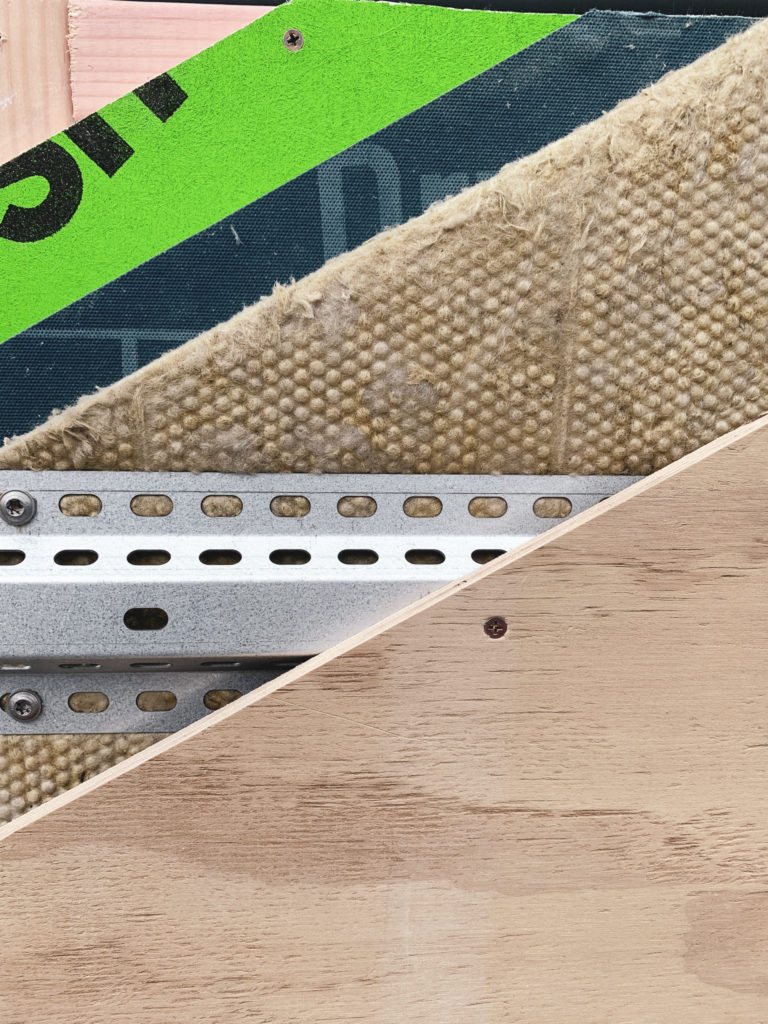
Stages of mould growth
Stage 1: Mould is in the air
Mould is a fungus and therefore reproduces like a mushroom does. Mould spores are present in indoor and outdoor environments, and when they land on a surface with the right conditions to grow, they multiply. Air without any mould does not exist except for in a laboratory or cleanroom.
If you test your indoor versus the outdoor air quality, the outdoor air will have a few spores in it, and to be deemed safe, indoor air should contain either equal or fewer spores than the outside air. (We will talk more about testing the air later). If the right indoor environment exists, the mould will multiply and the amount of mould spores in air goes up. And if the right environment keeps staying present then it’s most likely that the growth will move to stage 2 and attach to a surface.
Stage 2: The components mould needs to grow
- Warmth (Temperature: 18-30 C degrees)
- Moisture (Indoor Relative humidity – higher than 60% – condensation is more likely and therefore mould is more likely.)
- Something to eat (Organic matter e.g. gypsum board, the paper, fabrics, etc.)
If you remove one of the above components, mould cannot grow. If you make it cold enough or hot enough, then the mould can’t grow. If there is no moisture to feed it, then it can’t grow. If there is nothing to eat, it can’t grow.
Stage 3: Spores are landing on surfaces & grow
Tiny amounts of mould are constantly floating through the air. Once you provide the conditions, mould needs to thrive, the spores land on any organic matter (paper, wall, timber…) to feed them and this is when mould becomes visible! However, once it is visible, it has already been growing in the air for a while and therefore has passed the index of 3 on the mould growth graph and is consequently deemed unacceptable by ASHRAE 160.
Stage 4: Spores are evolving and growing
Mould has grown to an extreme – you might need to exchange your gypsum board to get rid of it and there may be mould inside your wall cavity.
How do we test for mould or mould risk? There are a few different tools in the toolbox that check for different things
Air fungal test vs. moisture meter vs. indoor air quality monitor
Air fungal test:
- This is to check whether your room already has mould in it.
- It checks the air in the room for mould spores, so you can check for mould even if you don’t see visible mould on the surfaces.
- This is generally done by a testing company with a lab
- It uses a small fan that blows a certain amount of air at a certain speed through a filter or sampling plate. Samples are taken from the interior air and the exterior air which are sent to a lab where the number of spores are counted and compared. If there are substantially more spores in the interior samples than the exterior sample, there’s likely a mould issue somewhere inside.
- This type of test can be done if there is a lot of condensation, a leak, musty smells or a suspicion of mould but no visible growth.
- It helps diagnose whether there is substantial interstitial mould that needs to be investigated and remediated.
Moisture meter:
- This could be used by yourself (the homeowner) but is more likely to be used by an inspector
- Tests for the content of moisture/wetness in a material
- This does not check if there is mould, but it checks whether the materials/components are at risk of growing mould. For example, if you have timber with over 16-18% moisture content, mould has the potential to grow.
- This doesn’t check for the existence of mould, but it helps diagnose whether the materials are wet enough that mould growth becomes likely, which helps guide recommendations to dry things out.
Indoor air quality monitors:
- These are a good idea to install in house for many reasons.
- It monitors temperature, relative humidity (RH) and possibly CO2 and VOCs, and can even control heating or ventilation depending on the unit chosen.
- Monitoring temperature and RH allows you to check for risk of condensation, which relates to risk of mould growth. If areas of your house cool down too far, surfaces could get down to dew point temperatures and form condensation, but even if surfaces aren’t wet, if the RH is at or above 80%, mould growth risk is high.
- Monitoring temperature and RH allow you to provide heating and ventilation to control condensation and mould risk either manually or automatically.
- Adding in CO2 and VOC monitoring guides ventilation rates to help the interior air stay fresh and clean.
How to prevent mould growth in your house?
Wiping condensation off your windows and walls every morning, removing surface mould once visible, bleaching your shower curtain or opening the window after showering. These are all actions we take to manage mould.
BUT it is not the solution to the root problem, it’s just treating the symptoms. How can we prevent mould from occur in the first place?
The components that mould needs to grow
- Warmth (Temperature: 18-30 C degrees)
- Moisture (Indoor Relative humidity – higher than 60% – condensation is more likely and therefore mould is more likely.)
- Something to eat (Organic matter e.g. walls, the paper on front of walls)
To prevent mould growth or solve mould issues cut one of these requirements that it needs to grow:
- Since the temperatures that allow mould to thrive also allow us humans to thrive, modifying air temperature isn’t really feasible.
- Reducing moisture in the air could be feasible, but the house needs to have a system to allow that.
- Timber structure/trim, and gypsum board are how most houses are built here in NZ, so it’s not really feasible (or environmentally friendly) to eliminate these.
Preventative measures to put in place:
- Set up a proper heating system to heat up surfaces above the dew point temperature to mitigate condensation and also allow the air to absorb more moisture
- Set up a proper ventilation system (window only is not enough – example: bathroom/kitchen fan) – to exhaust this moisture-laden air
- Have proper insulation in the proper location (to mitigate thermal bridges and ensure that interior surfaces are above dew point temperatures.
Once you’ve got these systems in place (AND YOU USE THEM ALL WINTER LONG EVEN WHEN YOU’RE NOT IN THE HOUSE) mould will have a much less hospitable environment to grow, and if you already had mould issues, it will slowly decrease. You should of course wipe it off the wall to make it aesthetically pleasing again and get rid of all visible growth, and maybe do some digging to see if it’s growing in hidden places.
How to deal with mould that is present in your home
Wiping the mould stain off the wall might help aesthetically and may get rid of some spores, but it will certainly not get rid of the root problem and of remaining spores growing again.
Here is a short guide what to do if you truly want to figure it out:
SCENARIO ONE
If mould is visible on your wall
- contain the mould-infested spaces, make sure the spores that you are going to clear are not going to the rest of your house
- clean off all mould and spray your wall with a fungicide designed for mould
- fix the root cause and set preventative measures in place – see our prior post about “preventing mould”
SCENARIO TWO
If you are uncertain whether there is mould behind your wall (but e.g. your air fungal test showed that there is a higher amount of mould spores inside than outside) – You could start digging deeper (but you might need to call a professional):
- Open the gypsum wall
- Check the timber (visually)
- Check the timber’s moisture content
- When you found the mould – refer to step 1 and contain the mould-infested spaces
- Clean off all mould – spray timber with a fungicide designed for mould
- Fix the root cause, which is likely to be insulation, airtightness (wet moist air coming in through a hole, joints, penetrations – anything not fully sealed – could be from the outside or inside – e.g. switches on wall in bathroom – moisture from showering goes into the wall) or thermal performance related.
- Fix any leaks if there are any / Control interior moisture when there is condensation
- Close your wall back up and set preventative measures in place – see our prior post about “preventing mould”
FAQ’s
Is there a level of mould that is ok?
Unfortunately, cleaning the mould is what you should be doing, as it’s probably the only thing you have in your power to do. But as you know – it’s treating the symptom, not the problem, so after cleaning the mould you should be asking your landlord to fix the real problem by supplying heating and proper ventilation.
What are the signs of mould?
Instagram Giveaway – Mould Photo Challenge
Let’s create mould-awareness together! Join our giveaway and be in the draw to win two different prizes!
Head over to our Instagram @pink.moose to enter!
Entry requirements:
- Like this post
- Follow us @pink.moose
- Tag your mate below
Do those three things above and you are in for the chance to win 2x mould winter kits (1 for yourself and 1 for your mate) to the value of over NZ$200,- (each).
- Additionally, if you have mould in your home: send us a photo and you will be in the draw to win our grand prize: a professional mould testing to the value of NZ$350,-*
Feel free to share this challenge/giveaway with as many people as possible to create more awareness together.
Details:
- Giveaway only within NZ, live until September 25th, 2022 midnight.
- There will be two winners drawn – one to win the 2x mould winter kits and one to win the mould testing.
- Winners will be drawn September 26th, 2022 randomly. We will share the winner in the comments under this post and contact them directly.
- This giveaway is not sponsored, endorsed or administered by, or associated with Instagram.
Further relevant Links
Gab Learns Mould (Podcast episode)
Gab Learns Moisture + Mould (Podcast episode)
Air fungal testing (Youtube video)




